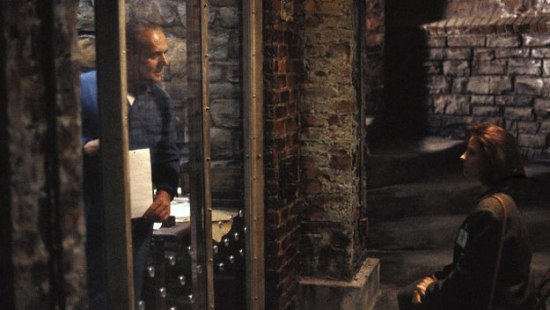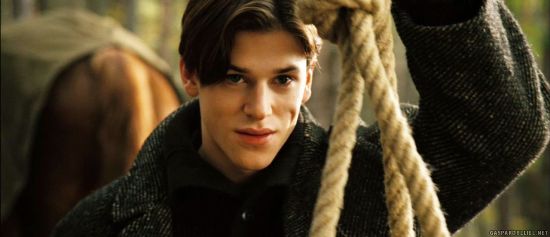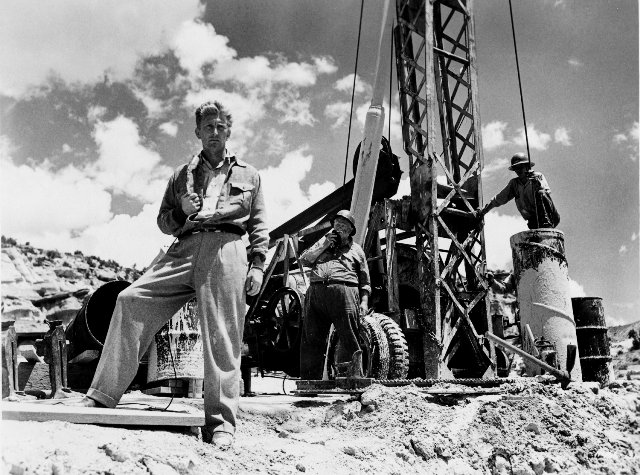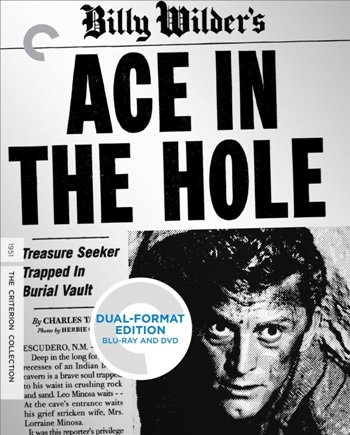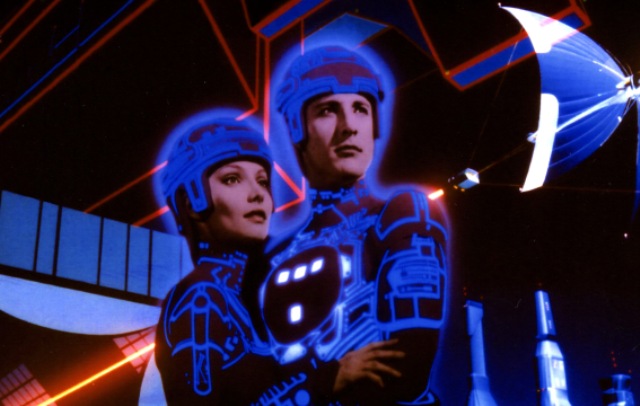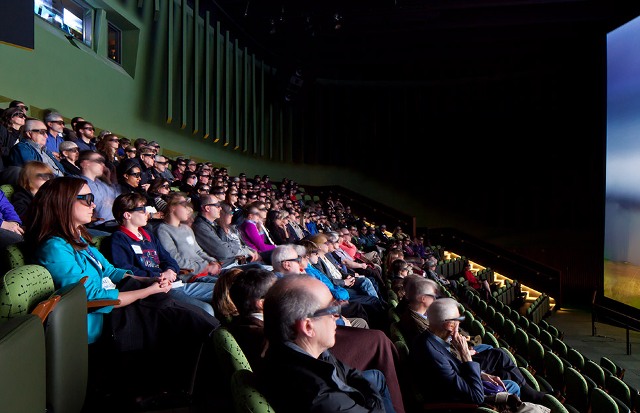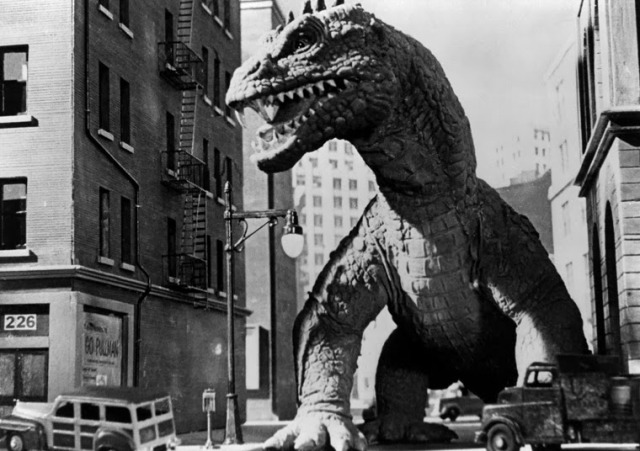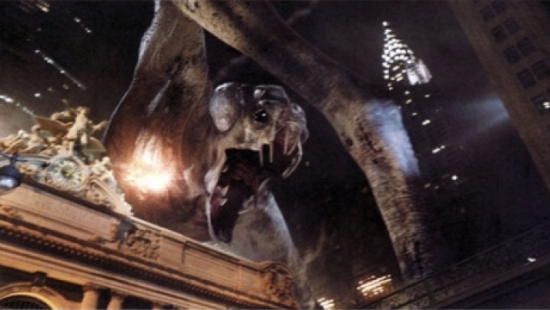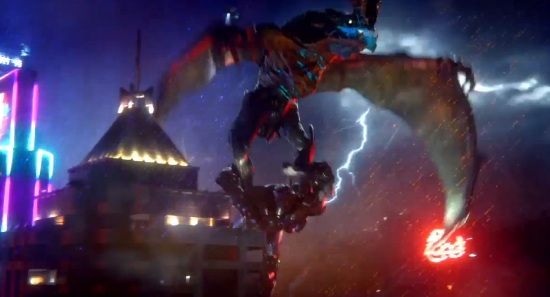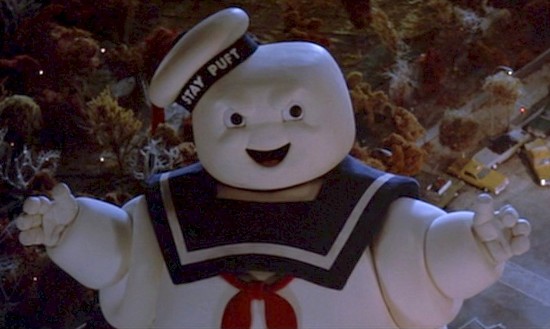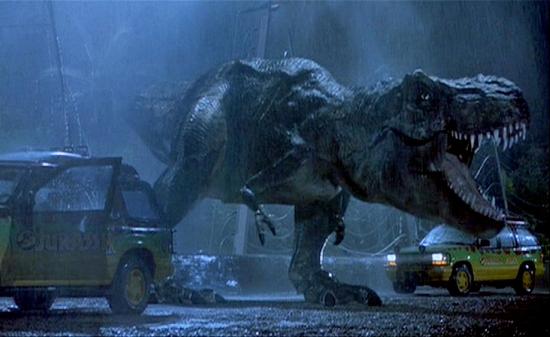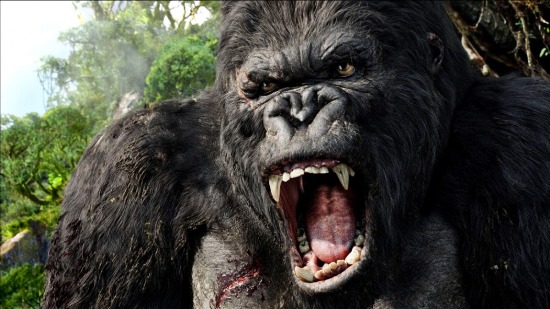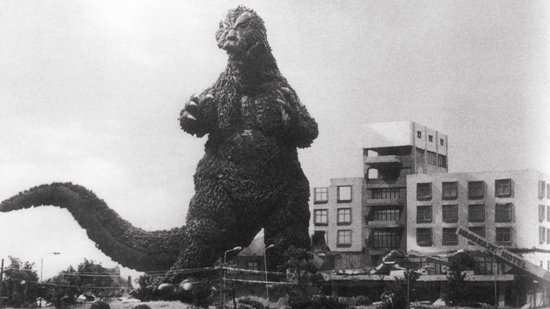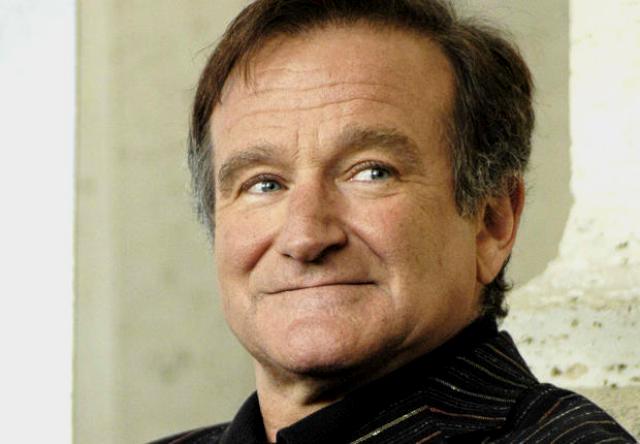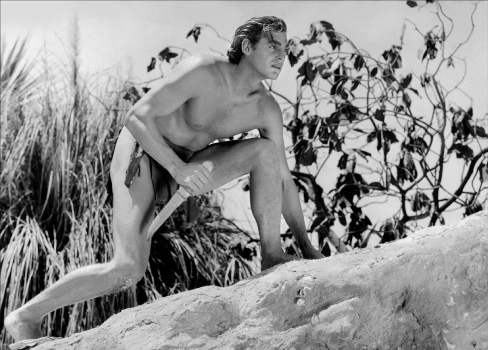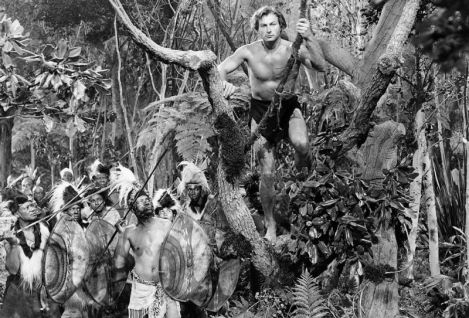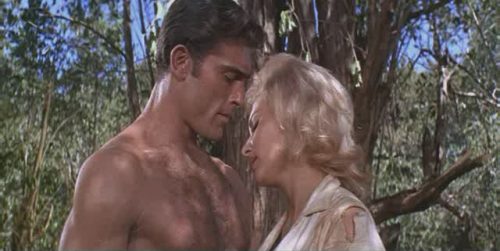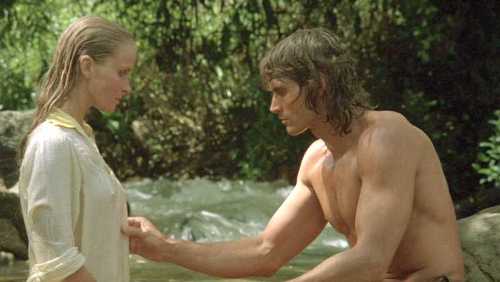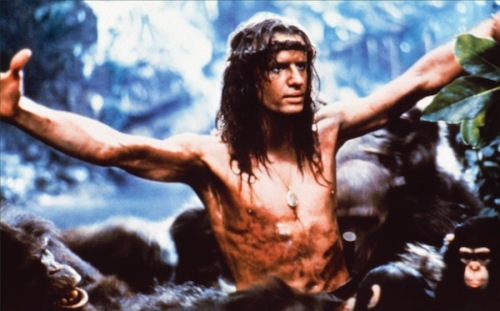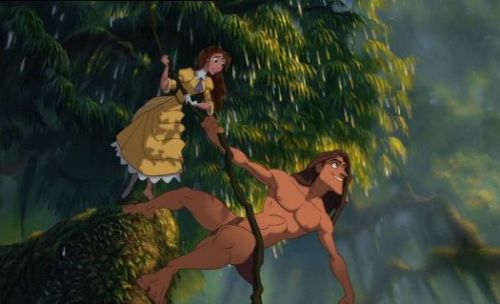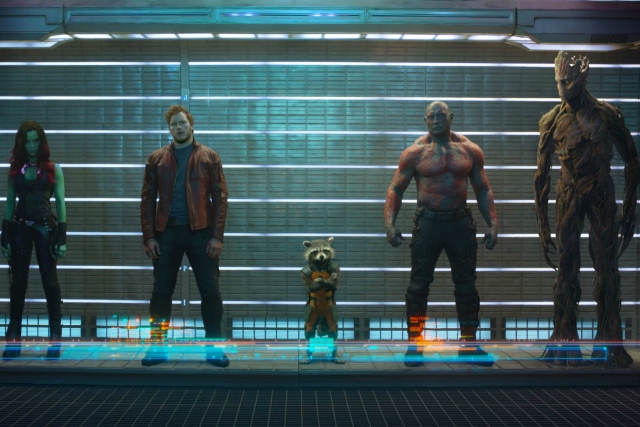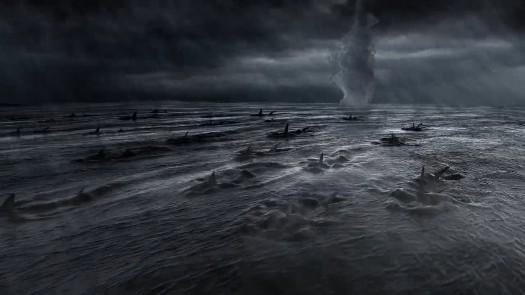Horror has always been largely considered a niche genre in the film industry, relegated to the fringes and often ignored by critics when awards season comes around. And for the most part, it’s easy to see why. Most horror movies are low-budget schlock-fests that usually just cater to a certain type of audience; mainly those who just want to have a good scare while in the theater. But, that notion can be challenged whenever a filmmaker undertakes their own spin on the genre and creates a masterwork that includes all the elements typical of the horror. Such is the case with the series of movies based off of the Horror novels by Thomas Harris. The books themselves are hard to pin down genre-wise. They follow the same principal outlines of most popular crime novels, but are at the same infused with Grand Guignol imagery that gives the readers a very macabre picture of the crimes the stories are focused on. Obviously, adapting Harris’ novels to the big screen would require very careful direction to get the twisted tones right, which is something that this particular series has thankfully benefited from; for the most part. But of course it’s not just the visuals and the plotting that has defined the franchise. Each of Harris’ novels are their own standalone mysteries, but they’re linked together by the presence of one of the most memorable characters in literary history; and the main reason why this series has become as popular as it has. That character of course is the notorious cannibalistic serial killer, Dr. Hannibal Lecter.
Hannibal is unique among popular franchise characters. While most series tend to focus on their heroes, the Hannibal Lecter series is one that’s centered entirely around it’s villain. That helps to classify this series within the horror genre, because most horror franchises also center around their antagonists; such as Jason Voorhies and Freddy Kruger to name a few. But, even among his horror brethren Hannibal is unique. He’s intelligent, perceptive, cultured and above all else, seductive. These character traits are particularly what makes him so terrifying. No other character in film or literature has made evil seem so refined and appealing. Like a well hidden predator, he lures you into a false sense of comfort with his graceful nature, but once he’s got a hold of you, then the savage animal is unleashed. And boy, Harris’ novels and the movies they’ve inspired have not shied away from some of the gruesome details. Indeed, Hannibal Lecter has deservedly earned his place as not just one of the horror genre icons, but also as one of cinema’s overall greatest characters. Thus far, Thomas Harris has written four novels around the character and that has in turn spawned five film adaptations. Though Hannibal is featured in all five movies, it’s the three that star legendary Welsh actor Sir Anthony Hopkins which stand out as the most notable. And though Hopkins had the most influence in defining the screen presence of the character, he was not the first to play the part, nor the last. I will be looking at the franchise as a whole in this retrospective (remake and prequel included) to get a good sense of how the series evolved over time and how it ended up becoming one of the most defining series ever in both horror and cinematic history.
MANHUNTER (1986)
Directed by Michael Mann
Dr. Lecter’s first appearance on the big screen came in the form of this adaptation from Thomas Harris’ first novel, Red Dragon. Director Michael Mann, coming off of his stint as the producer and showrunner of Miami Vice, undertook the daunting task of adapting Harris’ gruesome work to the big screen. Part of that process included stripping down some of the more horrific elements of the novel, and instead focusing more on the characters and the investigation central to the plot. As a result, Manhunter plays more like a thriller than as a horror movie. That’s not to say that the film is any less effective. Indeed, it actually works perfectly as it is, mainly due to Mann’s assured direction, which is not flashy and is consistently well-paced. The story follows FBI profiler Will Graham (William Petersen) as he searches for a deranged serial killer named Francis Dollarhyde (Tom Noonan), aka “the Tooth Fairy” killer. Graham, who runs into a lot of hurdles trying to identifying his ruthless target, takes the unorthodox approach of soliciting help from a former colleague and now incarcerated felon Hannibal Lecktor (Brian Cox), who understands more than Graham the mind of a killer. Michael Mann did an admirable job of adapting the novel, but at the same time it’s not all that groundbreaking; it just stands as a solid crime thriller. Petersen makes a good lead, and Noonan in particular steals the movie as the “Tooth Fairy” killer. But, what is most interesting is Brian Cox’s take on Hannibal, with the name Lecktor re-spelled for some reason. His Hannibal keeps in tone with rest of the movie, played much more natural than over-the-top, while still keeping the character true to the novel’s interpretation. While still a great film, the focus remained away from the character of Hannibal, which served this movie probably for the better. The same would not be true for the rest of the series.
THE SILENCE OF THE LAMBS (1991)
Directed by Jonathan Demme
Here we now have the groundbreaking movie that not only set the standard for the rest of the series to follow, but also became the genre defining title that helped put Dr. Lecter on the cinematic map. The Silence of the Lambs may not only be the greatest horror movie ever made, but also the best crime thriller and best detective story ever brought to the big screen; though that’s up for debate. There’s nothing in this movie that doesn’t work perfectly, from the direction by Jonathan Demme, to the outstanding and grim cinematography and art direction, to the career defining performances. Perhaps the reason why the movie works so well is that it fearlessly adapts Harris’ second novel in the series to the fullest extant, with all the macabre elements intact. Not only that, but it’s unafraid to go over-the-top as well, creating images that we the audience will never forget, as well as images we wish we could forget. Hannibal returns again (now played by Hopkins), this time is called upon by FBI rookie Clarice Starling (Jodie Foster) to help her track down a serial killer by the name “Buffalo Bill” (Ted Levine), who skins his victims before killing them. Lecter and Sterling form an unlikely bond over the course of the story, somehow gaining each other’s respect because of their intelligence. Even when Lecter makes his horrifying escape from prison, she knows immediately that he’ll never come after her, because he would “consider it rude.” It’s that bond between the characters that ultimately elevates this film above all others, and thankfully the movie exploits every element of the characters’ progression to the fullest. Hopkins’ over-the-top performance as Lecter is phenomenal and is perfectly complimented by Foster’s subdued work as Clarice. Both actors deservedly won Oscars for their performances in this movie, and the film itself accomplished the impossible feat of being the first horror flick to ever win an Oscar for Best Picture.
HANNIBAL (2001)
Directed by Ridley Scott
Because of the popularity of The Silence of the Lambs, demand was high for a sequel to both the novel and the movie; which is funny considering that some people view Lambs itself as a sequel to Manhunter. Still, Thomas Harris released his follow-up novel in 1999 under the name Hannibal, and Universal pictures quickly put the film adaptation into production with top tier talent involved. Jodie Foster declined to return as Clarice Starling, but she was replaced with well respected and Oscar-nominated actress Julianne Moore. Hopkins thankfully returned to the role that he came to own as Hannibal and direction was given over to one of Hollywood’s greatest visual artists, Ridley Scott, coming off of his huge success with Gladiator (2000). The screenplay adaptation was done by none other than David Mamet (Glengarry Glen Ross) and Steve Zallian (Schindler’s List), and the cast was rounded out by big names like Ray Liotta, Giancarlo Giannini, and an un-credited Gary Oldman as a man without a face. With all this amazing talent assembled, how could this movie possibly fail. Well, it did; critically anyway. The movie was still profitable, but almost immediately it suffered a strong backlash from critics and fans alike, saying that the movie failed to capture the brilliance of Lambs and instead focused way too much on the gory details of the original novel without purpose. Indeed, the movie is a failure in adaptation and execution and that’s partly due to director Scott not being a good fit for the material. The movie does look pretty, but there is no meat to the plot at all. The tone is unfocused, and that’s mainly because Scott put too much emphasis on showing the gore in the movie. Lambs and Manhunter proved that less is more, because it helped to make the shocking moments stand out better and have more impact. Hopkins is still great as Hannibal though, and it is a treat to watch him here. If only the rest of the movie was worthy of his performance.
RED DRAGON (2002)
Directed by Brett Ratner
Only a year and a half after Hannibal had alienated audiences and readers alike, Universal quickly released this follow-up which again returned Anthony Hopkins to the role as Dr. Lecter. Made almost as an apology for the previous film, Red Dragon was a return back to basics for the series, using The Silence of the Lambs as it’s source for inspiration. Strangely enough, instead of moving forward with more sequels, this movie actually takes us back to the beginning, adapting the first Hannibal Lecter novel of the same name, which was also the source for Michael Mann’s Manhunter. Some may think that it was a cheap way to keep an already waning franchise going, but by taking the remake route instead, the end result proved to be surprisingly effective. I think the biggest reason why this movie worked as well as it did is because the screenplay was adapted by Lambs scribe Ted Tally, who has proved better than anyone that he’s the best person out there to capture the mood of Harris’ novels in a cinematic form; other than possibly Hopkins that is. Also, the supporting cast helped out a great deal as well, with big names like Edward Norton, Harvey Keitel, Philip Seymour Hoffman, Emily Watson, and Ralph Finnes all filling out the roles. Brett Ratner has had a shaky reputation as a filmmaker, but here he actually delivers well enough direction to make the movie work effectively. If the movie has a flaw, it’s that it’s trying to hard to be just like The Silence of the Lambs. Not that the movie is trying to be a knock-off, but it unfortunately causes the film to lack any identity apart from it’s predecessors. By using the same sets as well as similar lighting and cinematography, it’s almost difficult to watch this movie and not feel like you’re also watching a scene left on the cutting room floor from Lambs. The movie still works as a whole, but the fact that it’s still reminding you of a superior film is a detriment nonetheless. But, at the very least, it gave us yet another oppurtunity to watch Hopkins at work, and it did blow some of the stench off of the series after Hannibal failed so miserably.
HANNIBAL RISING (2007)
Directed by Peter Webber
Prompted by a threat from uber-producer Dino DeLaurentis that he would make another movie about Hannibal Lecter without the involvement of the author, Thomas Harris quickly drafted yet another Hannibal novel, only this time focusing on the character’s youth and origin. Naturally a film adaptation followed, but what is interesting this time is that Harris took it upon himself to do the adaptation of his own novel for the screen. Although Harris is a remarkable and peerless novelist, screenplay adaptation is a whole different style of writing, and this movie definitely shows Harris’ amateur status in this field. The movie is very dull, lacking all of the macabre Grand Guignol excess that helped to define the series in the previous installments, and instead it feels like a grim period drama rather than a horror classic. Though there are some horror moments thrown around here and there, none are particularly noteworthy. It also lacks the presence of Anthony Hopkins, who obviously couldn’t play the role this time, considering that the film focuses on the character as a young man. Instead, we get young French actor Gaspard Uliel in the title role, who has the evil stare of the character down, but none of the same charisma. At this point in the franchise, it was clear that the character was played out, and even Thomas Harris was ready to let the character go. This film was only prompted as a way for the original author to still keep control over the development of his most famous creation and nothing more than that. So, in the end, it was still a positive exercise for Thomas Harris. If only something better had come out of this other than an obligation of a movie. It may be the final time we will ever get to see any new cinematic adaptations of the Hannibal Lecter, and it’s sadly a lackluster and forgettable way for such a great character to go out on.
Overall, the Hannibal Lecter series has a pretty turbulent record in quality, with one truly great masterpiece of a film, along with two pretty solid adaptations of the same story and two truly terrible sequels around it. But then again, which horror franchise can you recall having as much an impact as this one. The Silence in the Lambs in particular redefined all notions of what makes a movie a Horror film. Parent studio Universal even was apprehensive about calling it a horror movie, instead calling it a “psychological thriller” in the hopes that it would gain more prestige from critics who usually looked down on the Horror genre. In that respect, it probably worked, but Thomas Harris and director Jonathan Demme clearly stated that they intended their work to be considered part of the Horror genre, and indeed that argument has proven out over time, no matter what Universal says. And this is largely part to the building of a franchise that has truly embraced it’s gruesome nature. Michael Mann’s subdued take on the material is commendable, as is Brian Cox’s performance as the Doctor, but we all know that no one else brought out the best in the series better than Sir Anthony Hopkins. His performance in Silence of the Lambs is truly one of the all-time greats; milking every ounce of potential out of the character and making it seem like a lot of fun at the same time. It’s a performance that managed to redefine the way serial killers are portrayed in movies, and it’s often imitated but never matched. How many scenes do you see now in movies where the main villain toys with his captors through a glass wall prison cell. That’s all thanks to this series. Harris’ novels and the film adaptations remain influential to this day, influencing everything from X-Files to True Detective, and has even spawned a critically acclaimed series on NBC. And it’s all thanks to the charming cannibal at it’s center, who I’m sure would feast on all of this popularity with some Fava beans and a nice Chianti.


